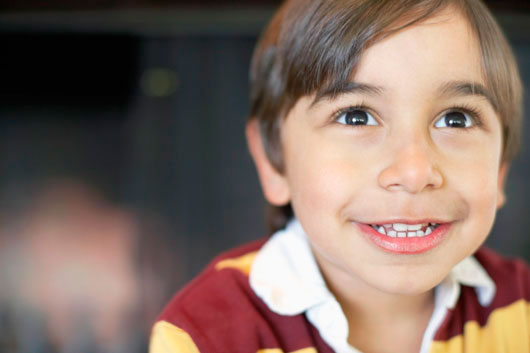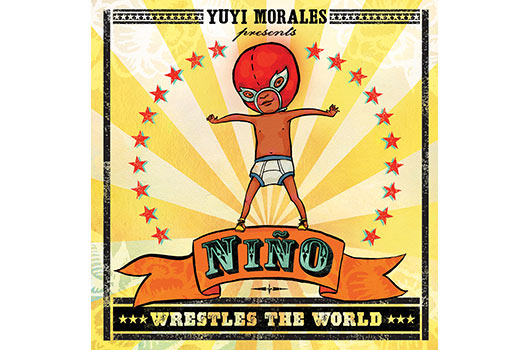
Believe it or not, despite deadly tornados, hurricanes and floods, heat is still the number one cause of weather-related deaths in the US, resulting in hundreds of fatalities every year and even more hospitalizations. For children, especially young athletes, combining intense summer heat and humidity with excessive exercise makes even the healthiest of kids vulnerable to heat-related illnesses.
HEAT EXHAUSTION VS. HEAT STROKE
Hot skin, a slightly elevated body temperature, excessive sweating and dehydration can all lead to heat exhaustion in little ones. Some of other signs of heat exhaustion include:
- Pale, clammy skin
- Rapid and shallow breathing
- Complaints of headache, nausea and muscle cramps
In most cases, heat exhaustion can be treated at home.
- Bring your child inside and strip off all or most of his clothing.
- Get him to lie down and sip cold water
- Cool his skin with wet washcloths or a cool bath
Read Related: 7 Summer Ailments Every Parent Should Be Prepared For
Heat stroke is a much more serious condition that requires immediate medical attention. Signs of heat stroke include:
- Confused, irrational behavior
- Temperature above 104 degrees
- Vomiting or diarrhea
- Complaints of nausea, headache or dizziness
- Seizure
- Lack of sweating
- Increased heart rate and rapid breathing
If you suspect heat stroke, call for an ambulance immediately. While you wait for the ambulance to arrive, put your child in a cold bath or apply ice to her skin.
PLAY IT SAFE
Soaring summer temperatures don’t dictate that children have to stay inside all season, glued to the TV or playing video games. Instead, follow these tips to help your kids play it safe in the summer heat:
Keep them hydrated: Make sure your kids drink plenty of water before they go outside, while they are playing outside, and after they come back indoors. And make sure it’s water—sugary sports drinks, sodas and juice can cause dehydration.
Keep them protected: Kids of all ages should wear sunscreen whenever they play outside. Parents Magazine offers a list of the 9 Best Sunscreens for Kids. Kids should play in the shade, whenever possible, and wear loose-fitting, light-colored clothes to help them stay cool.
Consider a cooling device: For young athletes who need to work out or practice outside in the intense heat, consider a cooling device to help regulate temperature 96.8 and 100.4 degrees Fahrenheit. Cooling devices such as a cooling vest or visor, or the CoreControl cooling glove help keep body temperature within this range even during the most brutal summer heat.
Give them a break: Make sure kids pace themselves between summer activities and games. Make them take frequent water breaks and “time-outs” from running and exerting themselves in the heat. You also need to be the judge of when it’s just too hot to play outdoors, and plan indoor activities for the hottest hours of the way.











